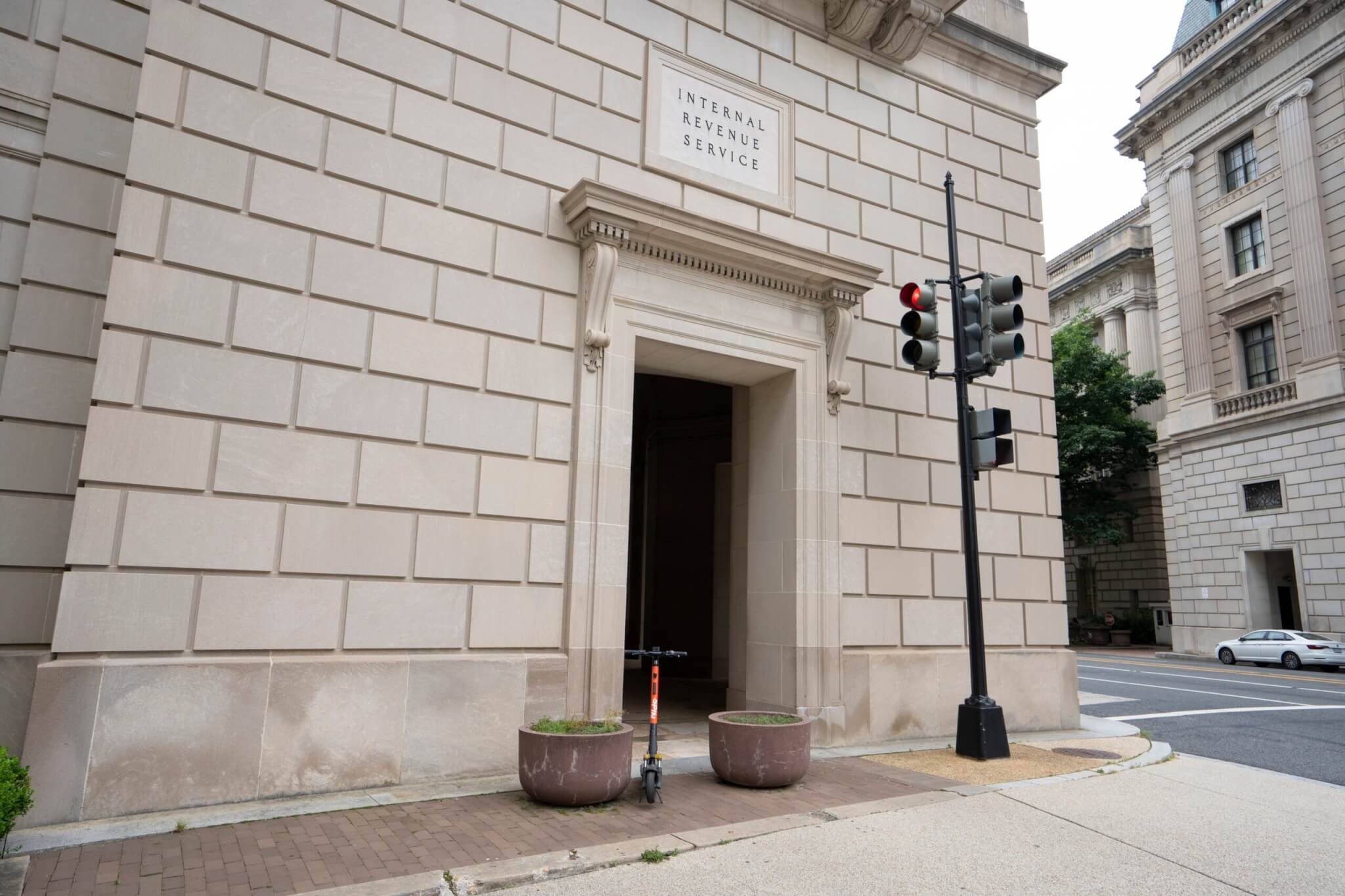New IRS Program Takes on “Basis Shifting” by Related Partnerships

After intensifying its review of related-party partnerships, the IRS announced it has become aware of extensive use of partnership transactions where basis adjustments “artificially generate” income tax benefits. The IRS believes these transactions “lack economic substance” and are undertaken solely for tax avoidance. As a result, the IRS is increasing audits on complex partnerships and consolidated groups that hold partnership ownership interests. The IRS says it has “tens of billions of dollars of deductions claimed in these transactions currently under audit.”
The questionable transactions have three characteristics:
- They involved partners in a partnership and their related parties.
- They result in increases to the basis of property under partnership provisions of the Internal Revenue Code.
- They generate increased cost recovery allowances or reduced gain/increased loss upon sale of the basis-adjusted property.
What is a Related Party?
For tax purposes, a related party is someone who shares certain familial relationships or who has certain percentages of common ownership interests in entities. For example, individual taxpayers are related parties to their parents while corporations are related if they are part of the same controlled group. Two partnerships are related if the same partners own directly or indirectly more than 50% of the capital interests or profits interest in each.
The IRS notes that, in commercial transactions involving unrelated parties, the opportunity for gamesmanship is limited because each party has separate, often competing, economic and tax interests. Thus, the transactions targeted by the IRS only involve related parties where basis can be “manipulated to provide a material net benefit…”
IRS’s First Steps
A new, dedicated group in the IRS Chief Counsel’s Office will work with a pass-through group being formed in the IRS Large Business and International (LB&I) division to develop guidance and assist examiners in curbing these transactions. As a first step, the IRS issued three pieces of guidance focused on these transactions:
- Notice 2024-54 announced two sets of regulations; one that treats basis adjustments as “covered transactions” subject to disallowance rules and one with rules for consolidated groups when members own partnership interests.
- Proposed Regulations which treat basis shifting transactions by partnerships as reportable Transactions of Interest.
- Revenue Ruling 2024-14 which clarifies the economic substance doctrine to address related-party partnership transactions that generate increased cost recovery deductions.
Targeted Basis-Shifting Transactions
IRS descriptions of the transactions subject to the new guidance are as follows:
Transfer of partnership interest to related party: A partner with a low share of the partnership’s “inside basis” and a high “outside basis”* transfers the interest in a tax-free transaction to a related person or to a person who is related to other partners in the partnership. This transfer generates a tax-free basis increase to the transferee partner’s share of “inside” basis.
Distribution of property to a related party: A partnership with related partners distributes a high-basis asset to one of the related partners that has a low outside basis. The partner who received the distribution then reduces the basis of the distributed asset, and the partnership increases the basis of its remaining assets. The basis increase to the partnership’s retained assets can produce tax savings for the related parties.
Liquidation of related partnership or partner: A partnership with related partners liquidates and distributes (1) a low-basis asset with accelerated cost recovery or an asset that the parties intend to sell to a partner with a high outside basis, and (2) a high-basis property that has longer or no cost recovery or that the parties intend to go to a partner with a low outside basis. Under the partnership liquidation rules, the first related partner increases the basis of the property with a shorter life, or which is held for sale, while the second related partner decreases the basis of the low-cost recovery property, with the result that the related parties generate or accelerate tax benefits.
* “Inside basis” is the partnership’s basis in the assets it holds. “Outside basis” is the basis of partners in their ownership interest.
Guidance Limits Tax Benefits
The IRS guidance limits the benefits of these transactions by requiring up-front disclosure of the transactions, providing special cost recovery rules for basis-adjusted assets, and denying the use of favorably-adjusted bases in a gain/loss transaction. For disclosure, a Form 8886, Reportable Transaction Disclosure Statement, must be attached to the taxpayer’s tax return when a taxpayer participates in a reportable transaction. Denial of tax benefits takes several forms. For example, assets transferred in covered transactions would be ineligible for cost recovery until the transferee partner becomes unrelated to the transferor partner and all other partners holding interests around the time of the transfer.
Conclusion
The IRS has made it clear that its compliance activity involving partnerships is accelerating. The IRS is specifically targeting promoters and also will be increasing audits of large partnerships, controlled groups and related parties. The rules in the proposed regulations and other guidance are technical and require careful analysis by tax advisors. It is important to review your partnership holdings before transactions are completed and before the IRS commences an audit.
Explore related insights
-
Corporate Carve-Outs Done Right
Read more: Corporate Carve-Outs Done Right
-
Treasury Secretary Explains Vision for IRS at Committee Hearing
Read more: Treasury Secretary Explains Vision for IRS at Committee Hearing






